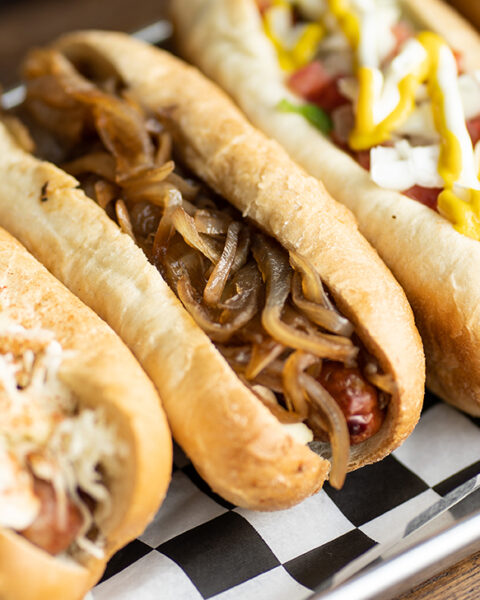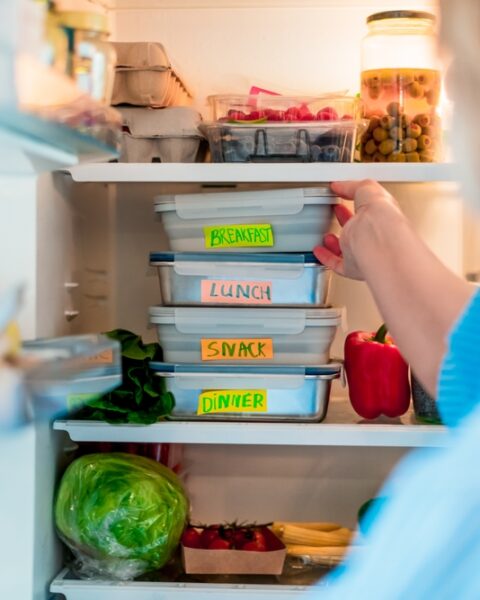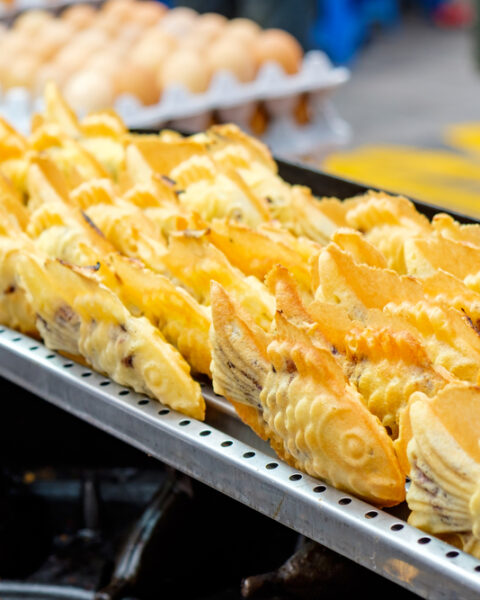Cooking beans can be tricky, but it’s easier once you know what to avoid. Whether you’re making a hearty stew or a simple side dish, beans can be a delicious and nutritious addition to your meals. However, there are some common mistakes that can make them less tasty or harder to digest. Let’s go through some of these mistakes and learn how to cook beans perfectly every time. This way, you’ll get the most flavor and nutrition out of your beans without any hassle.
Contents
- 1 Not Rinsing Beans
- 2 Skipping the Soak
- 3 Adding Acid Too Early
- 4 Cooking at a Boil
- 5 Not Seasoning Properly
- 6 Using a Thin Pot
- 7 Ignoring Old Beans
- 8 Not Adjusting Cooking Times
- 9 Using the Wrong Equipment
- 10 Overcooking Beans
- 11 Not Using Enough Water
- 12 Not Draining Canned Beans
- 13 Storing Leftover Beans Improperly
- 14 More From RetailShout
- 15 16 Hassle-Free Weeknight Meals to Make in Under an Hour
- 16 15 DIY Ice Cream Recipes to Beat the Heat
Not Rinsing Beans
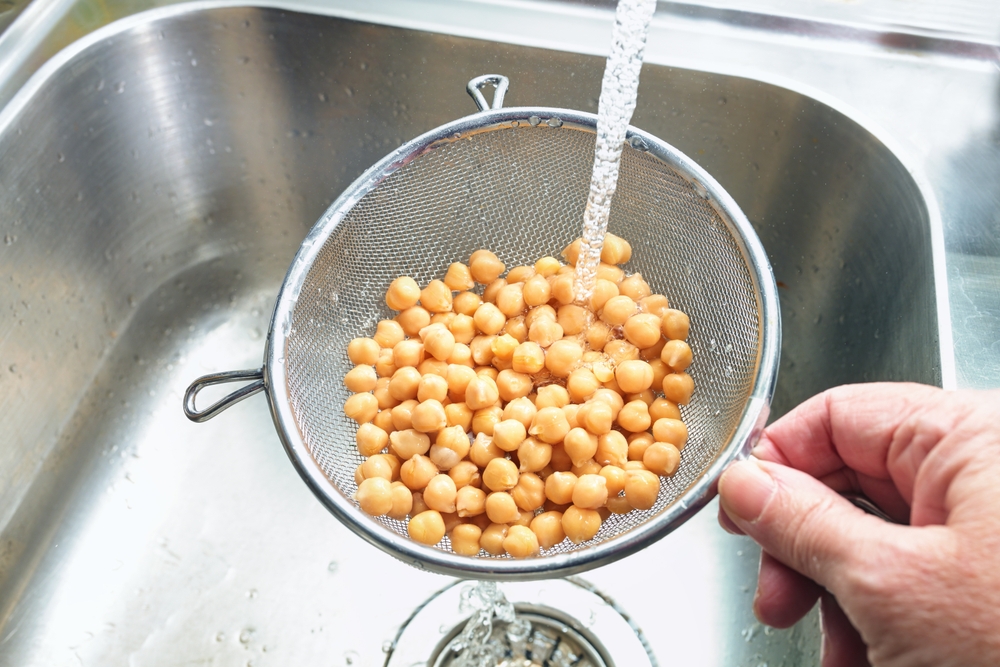
Failing to rinse beans, whether canned or dried, can lead to impurities in your dish. Dirt and debris often remain on the beans from the harvesting and processing stages. These can affect both the flavor and texture of your beans. By not rinsing, you also leave behind unnecessary starches. This can make the beans gummy when cooked. Always rinse beans thoroughly under cold water before cooking.
Skipping the Soak

Skipping the soaking process for dried beans can result in uneven cooking. Soaking helps to soften the beans and reduce cooking time. It also helps to break down complex sugars that can cause digestive issues. If you skip soaking, your beans may remain hard on the inside while the outer layer becomes mushy. Ensure to soak beans for at least 6-8 hours or overnight.
Adding Acid Too Early
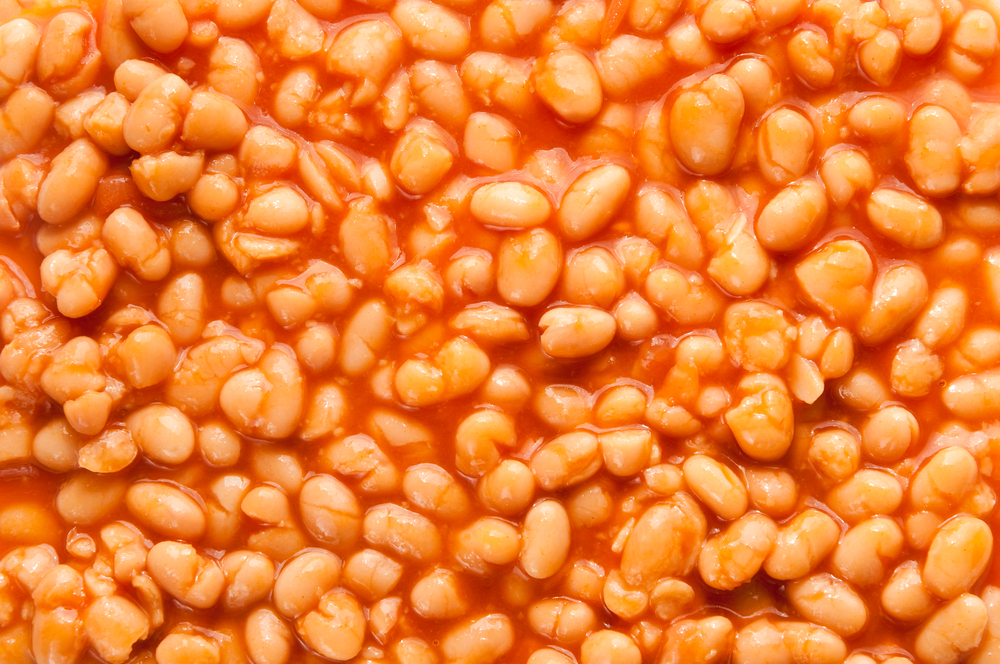
Adding acidic ingredients such as tomatoes, vinegar, or lemon juice too early in the cooking process can hinder the softening of beans. Acidic environments keep the beans’ cell walls intact, making them tough. Wait until the beans are fully cooked before adding any acidic ingredients. This ensures they become tender and fully cooked.
Cooking at a Boil
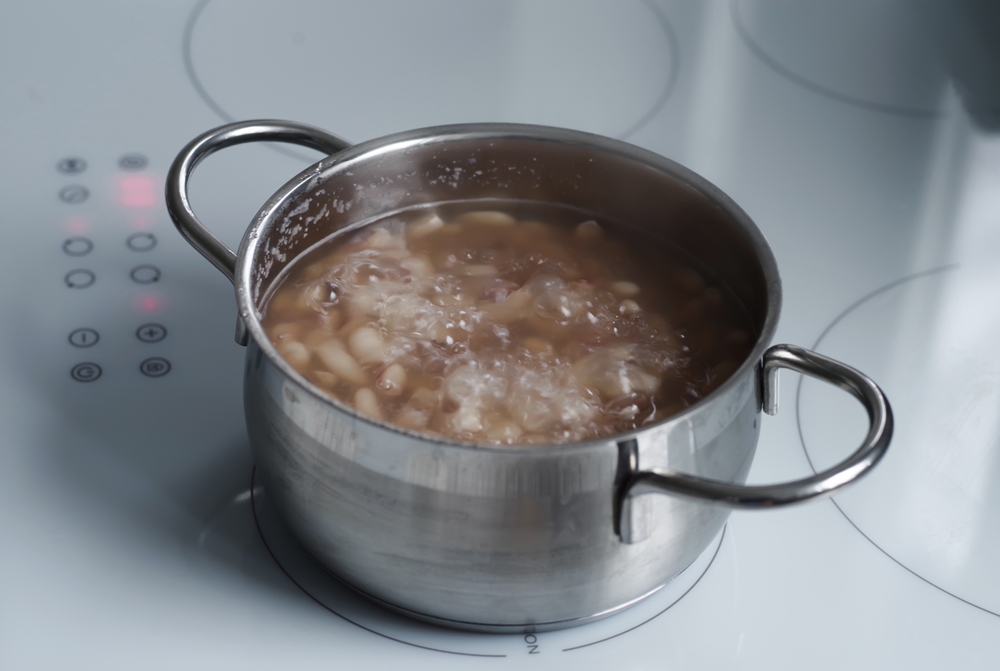
Cooking beans at a rolling boil can cause their skins to burst and the insides to become mushy. Beans should be cooked at a gentle simmer to allow even cooking and to maintain their shape. A high boil can also lead to uneven texture, with some beans being overcooked and others undercooked. Always bring beans to a boil initially, then reduce to a simmer.
Not Seasoning Properly
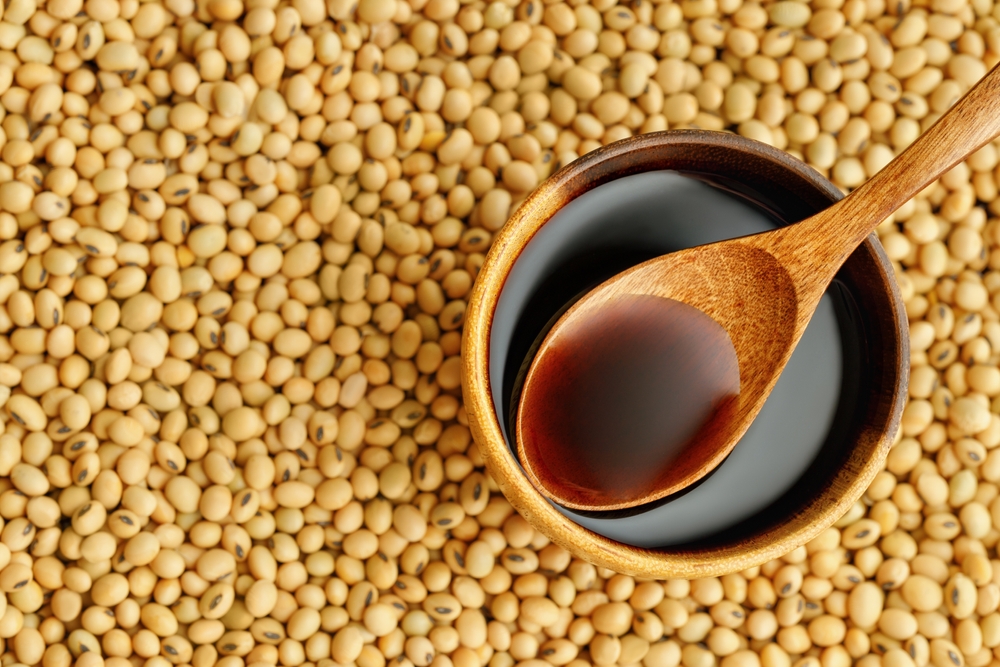
Under-seasoning beans can make them bland, while over-seasoning can overpower their natural flavor. It’s important to season beans gradually and taste throughout the cooking process. Salt should be added towards the end of cooking to avoid toughening the beans. Other seasonings like herbs and spices can be added at various stages to enhance flavor.
Using a Thin Pot
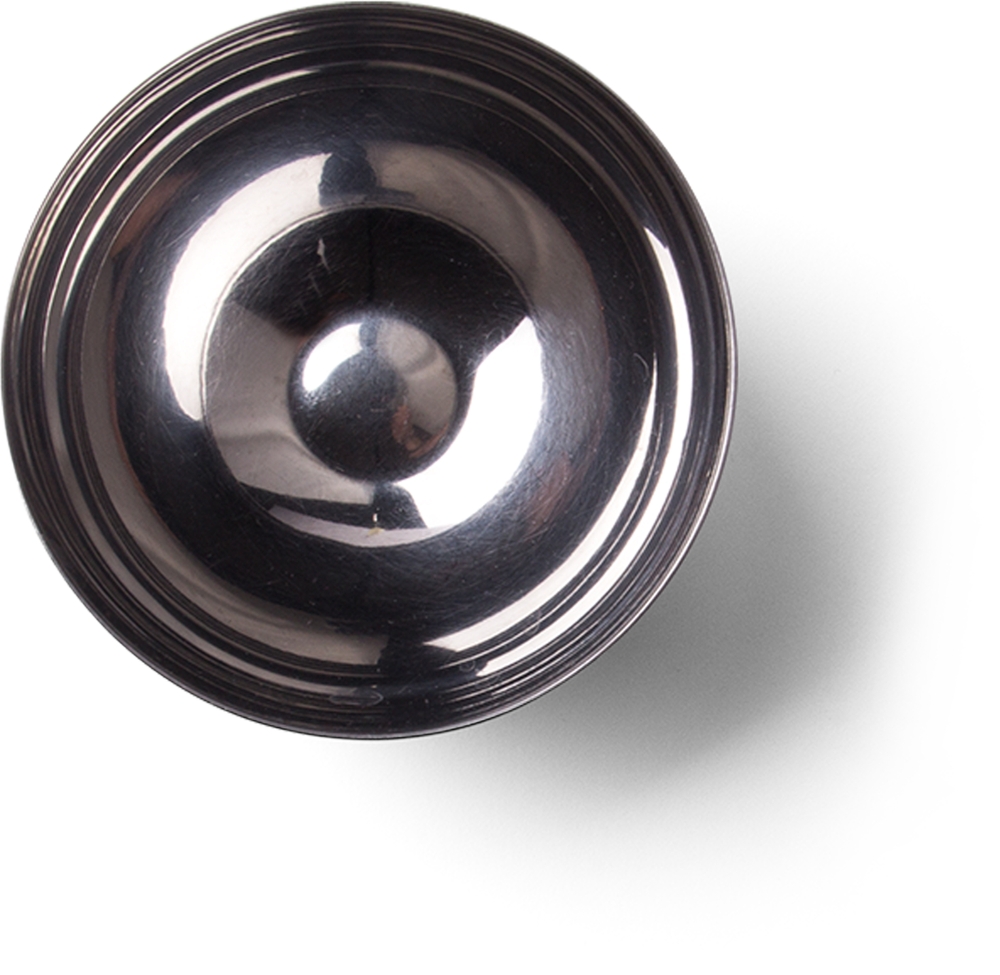
Using a flimsy, thin pot can cause beans to cook unevenly. Thin pots conduct heat poorly, leading to some beans being overcooked while others remain undercooked. A heavy-bottomed pot ensures even heat distribution. This helps to cook the beans uniformly. Investing in a quality pot can make a significant difference in the outcome.
Ignoring Old Beans

Old beans take much longer to cook and may never fully soften. Beans have a shelf life, and their quality diminishes over time. Always check the packaging date and use beans within a year for the best results. If your beans are old, consider discarding them and purchasing a fresh batch.
Not Adjusting Cooking Times
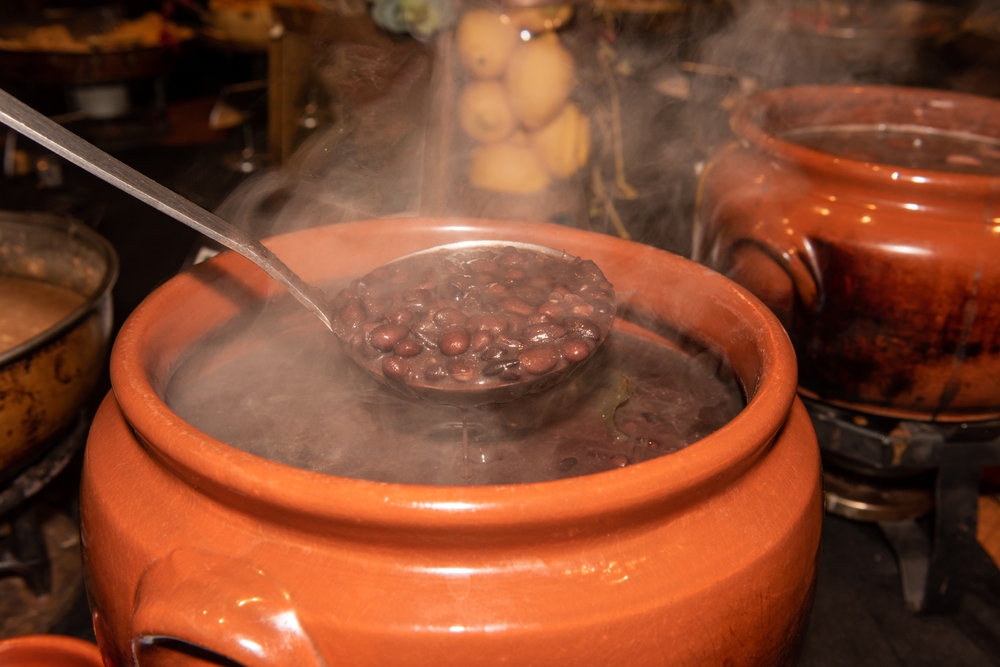
Different types of beans have varying cooking times, and not adjusting accordingly can lead to inconsistent results. Smaller beans like lentils cook much faster than larger beans like kidney beans. Always refer to cooking guides or package instructions. Adjust your cooking times based on the type of beans you are using.
Using the Wrong Equipment
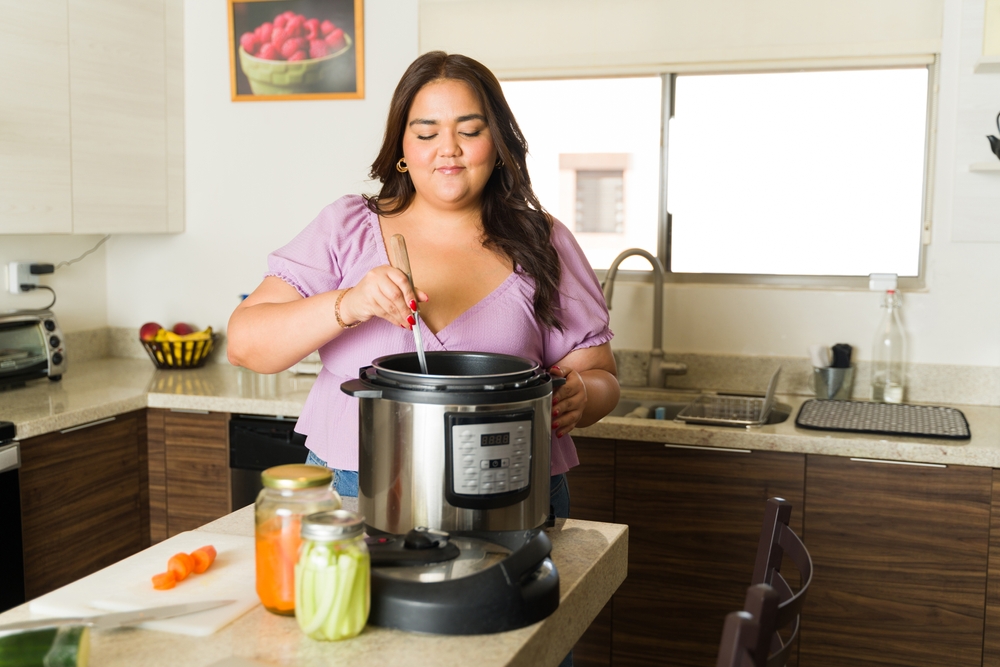
Using the wrong equipment, such as a slow cooker that doesn’t reach a high enough temperature, can affect the cooking process. Beans need to reach a rolling boil initially to destroy toxins. Ensure your equipment is suitable for cooking beans. Pressure cookers and stovetop methods are reliable options.
Overcooking Beans

Overcooking beans can cause them to become mushy and lose their shape. It’s important to monitor the cooking process and test the beans for doneness. Beans should be tender but not falling apart. Once they reach this stage, remove them from heat to avoid overcooking.
Not Using Enough Water
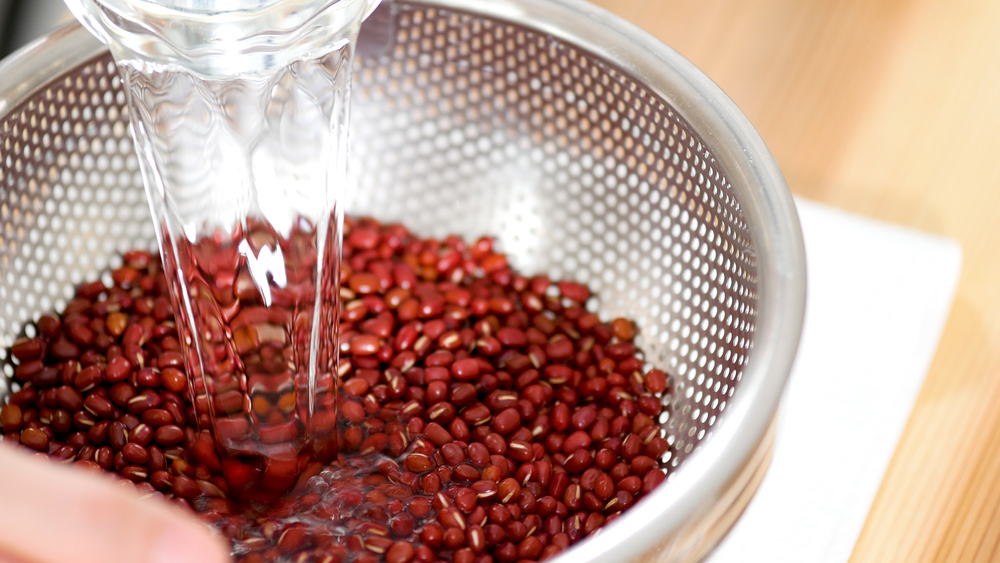
Beans expand as they cook, so not using enough water can lead to uneven cooking. Insufficient water causes some beans to cook faster than others. Always use plenty of water, ensuring beans are covered by at least an inch. Add more water if needed during cooking.
Not Draining Canned Beans
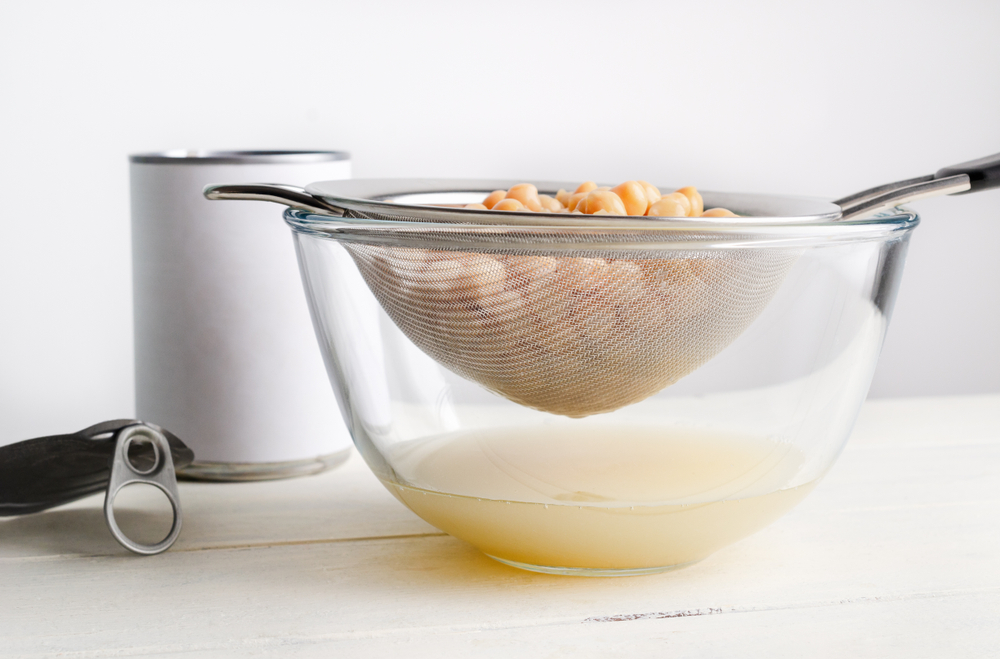
Not draining and rinsing canned beans can result in a dish that is too salty or has a metallic taste. The liquid in canned beans contains preservatives and excess salt. Draining and rinsing removes these and improves the overall flavor of your dish.
Storing Leftover Beans Improperly
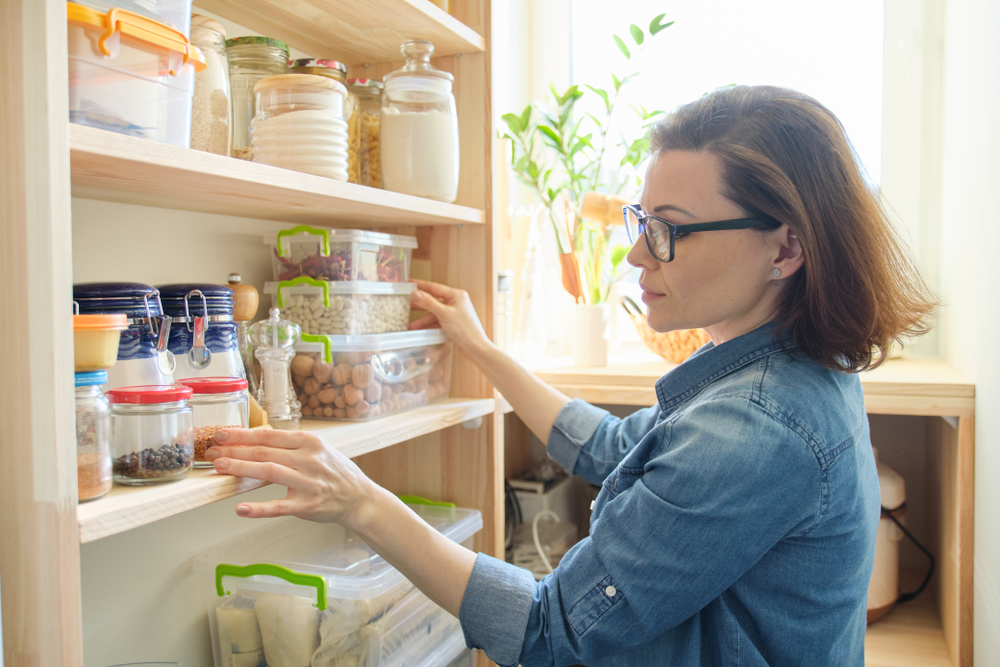
Improperly storing leftover beans can lead to spoilage and loss of texture. Beans should be cooled completely before storing. Store them in an airtight container in the refrigerator for up to 3-5 days. For longer storage, beans can be frozen. Proper storage ensures they remain fresh and retain their texture.
This article originally appeared on RetailShout
More From RetailShout
15 Ways to Make a Ham Sandwich More Exciting
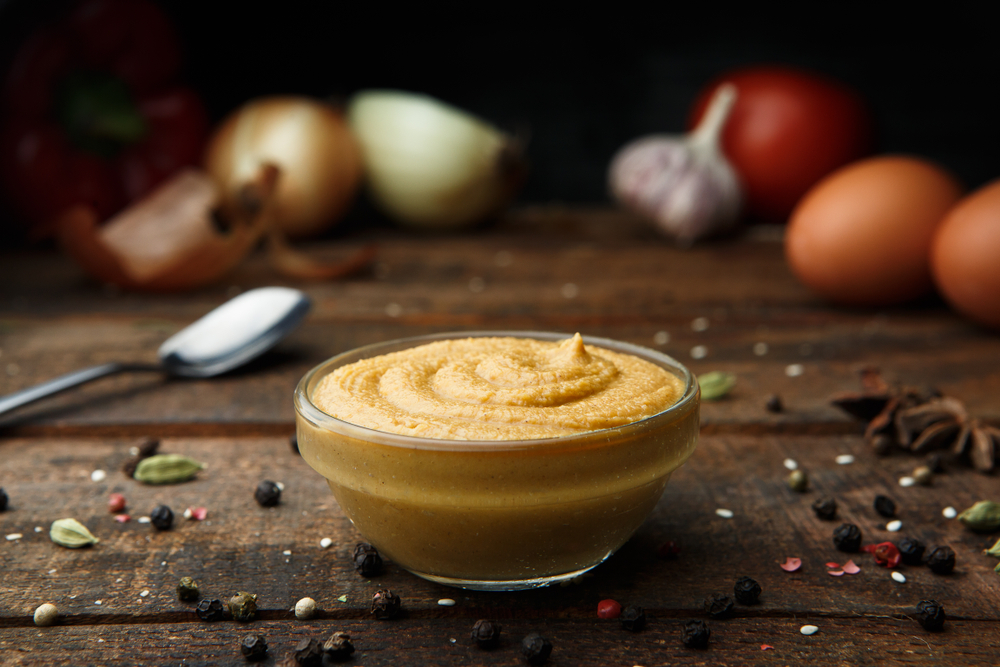
Sometimes, a plain ham sandwich can get a bit boring, but with a few tweaks and additions, you can turn it into something truly special. Whether you’re adding new ingredients or trying out different cooking methods, there are plenty of ways to make your ham sandwich more exciting and delicious. Read More.
16 Hassle-Free Weeknight Meals to Make in Under an Hour
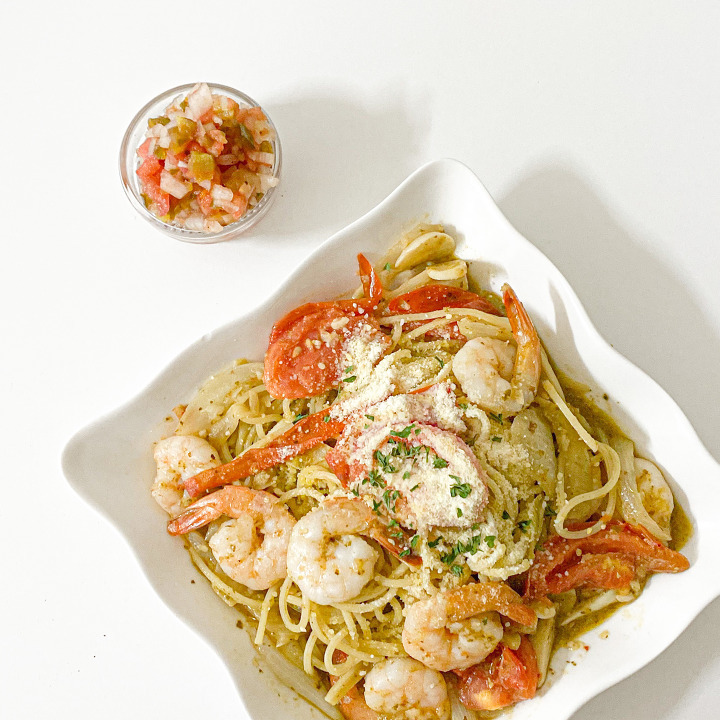
Weeknights can be hectic, but dinner doesn’t have to be a stress point. Imagine coming home and whipping up a delicious meal in under an hour, from prep to finish. These recipes are not only easy to prepare but also bursting with taste, ensuring you enjoy every bite without spending hours in the kitchen. Read More.
15 DIY Ice Cream Recipes to Beat the Heat
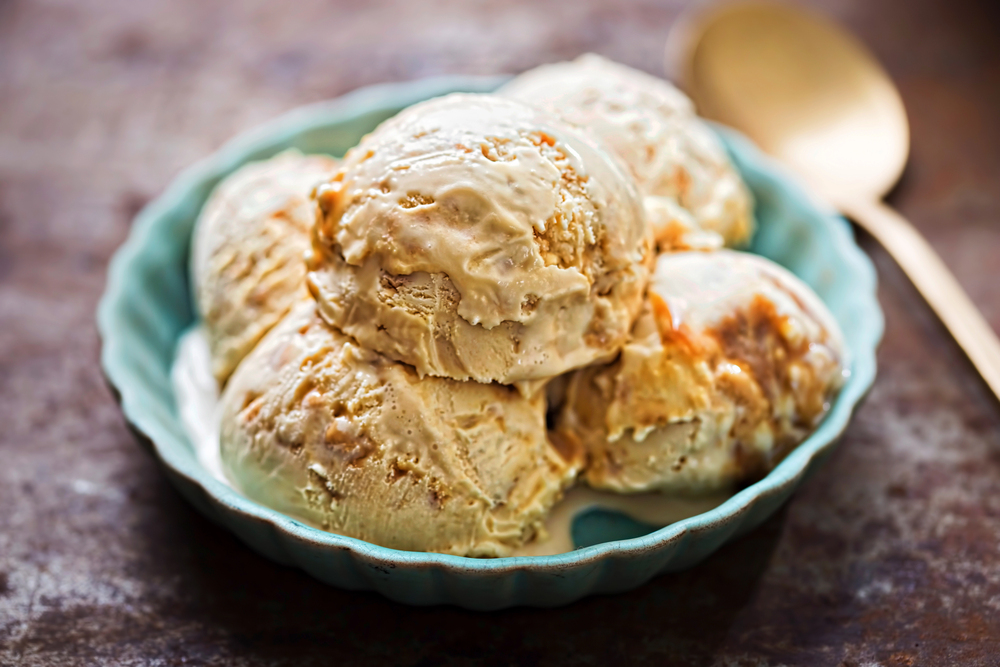
When the summer sun blazes and temperatures soar, there’s nothing quite like indulging in a cold, creamy treat to beat the heat. Making your own ice cream at home is not only fun but also allows you to get creative with flavors and ingredients. Read More.


